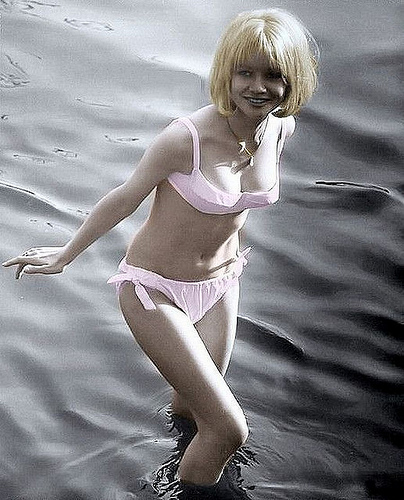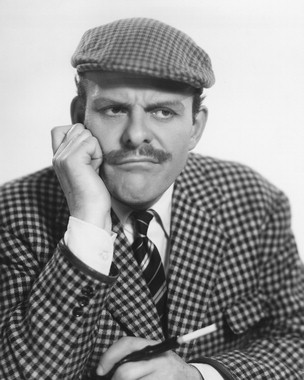|
The final collaboration between director John Ford and John Wayne, Donovan's Reef doesn't show any of its participants at the top of their game, but there's always been something about the film's easygoing, loose tropical island vibe that I find eternally charming. I've probably seen the movie at least a dozen times over the years, and it never fails to please in its own shaggy dog way, despite its undeniable faults. It's a film that is content to just amble along, with only the barest wisp of a plot, recycling some of Ford's common preoccupations: knockabout, brawling "Oirish" humor, the poetry found in shared, communal ritual and ceremony, the battle for dominance in male/female relations, an affectionate ribbing - yet absolute acceptance - of the Catholic faith, and pride in brave service during WWII. How much you enjoy it will depend on how much you like the people involved. It's reminiscent of (if nowhere near as good as) Howard Hawks' Hatari, another film which creates a world out of an exotic setting and a group of characters that are just plain good company to spend time with. 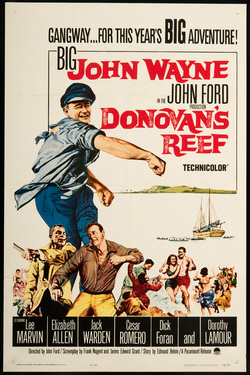 The film takes place on the South Seas island of Haleakaloha (presumably somewhere in French Polynesia, but actually filmed in Hawaii), the kind of island paradise that only truly exists in Hollywood fable. The story follows the antics of three former American navy men, Mike "Guns" Donovan (Wayne), Thomas "Boats" Gilhooly (Lee Marvin) and Dr. William Dedham (Jack Warden), who back in the war were the only survivors of a torpedoed destroyer, who landed on the island and fought a vigorous cat-and-mouse game against the occupying Japanese forces there. After the war, both Donovan and Dedham decided to stay on, the doctor starting up a much-needed hospital (and marrying the beautiful island princess who aided them in the war) and Donovan a bar and shipping line. Donovan and Gilhooly share a birthday (on December 7th, no less) and every year Gilhooly visits the island for an annual birthday brawl with his old sailor pal. Back in the 1930s and 40s, it wasn't uncommon for popular radio dramas to make the leap to the big screen. Crime and adventure serials were a natural fit for the sort of breezy programmers that filled out the bottom bills at theaters, such as Boston Blackie, Dick Tracy, etc. This was the heyday of the B movie mystery and detective series, many of which became very popular and ran for a long time and many films, such as Sherlock Holmes, Charlie Chan, Mr. Moto, The Saint and The Falcon, to name just a few. Others fizzled out after only a few films. The I Love A Mystery series is a prime example of the latter. Based off one of the most famous and popular radio shows of its day, I Love a Mystery came to the screen in a trio of little-seen and rarely talked about films that aren’t easy to find, but are nonetheless well worth seeking out.  I Love a Mystery (the radio show, known in OTR circles as ILAM) was the brainchild of Carlton E. Morse, who penned most of the adventures and was also responsible for the long-running radio soap, One Man's Family. ILAM stood out from the pack of adventure and detective shows in its frequent emphasis on the macabre and the supernatural (usually proved by the end of each serial to be mere window dressing in an elaborate crime plot, but not always). The program featured the incredibly atmospheric adventures of Jack Packard (no-nonsense leader of the group), Doc Long (a laid-back Texan who loved pretty girls and a good fight) and Reggie York (stalwart, stiff-upper lip Brit), friends during WWI who after the war ended formed the A-1 Detective Agency, mainly as a means to keep getting into trouble. The series originally was broadcast from Hollywood in various forms from 1939-1944, and was later re-cast and re-done, using Morse's original scripts, in a later New York run from 1949-1952. For most of both series, the show ran in a 15-minute serial format, nearly every chapter ending on a hair-raising cliffhanger. Stories featured such evocative titles as "Bury your Dead, Arizona," "Temple of Vampires," "The Fear That Creeps Like a Cat," "The Thing That Cries in the Night," "Pirate Loot of the Island of Skulls," and "I Am the Destroyer of Women," etc. Sadly, very few stories exist in complete form today, and those that do are from the second run of the show. What does survive is wonderful stuff, full of action, humor and bloodcurdling, creepy goings-on. (Interesting trivia alert: a young Tony Randall voiced Reggie in the N.Y. run of the show, with Mercedes McCambridge voicing most of the female characters). "Listen...for a man, or a mole, or a bird - every day is life and death." 1952 was a good year for Stewart Granger. Riding high at the peak of his career, the British star made four films that year: the early heist film The Light Touch, with Pier Angeli and George Sanders; the wonderful swashbuckler Scaramouche (with its deservedly-famous, 7-minute long climactic fencing duel); the color remake of The Prisoner of Zenda (against baddie James Mason) and, last but certainly not least, the rugged outdoor adventure pic, The Wild North.  The Wild North is essentially a western (technically, a northwestern), its action taking place in the remote regions of Canada (never stated, but likely somewhere in the Yukon). Granger stars as Jules Vincent, a French-Canadian trapper with a lust for life and devil-may-care philosophy. Vincent arrives in a tiny settlement with furs to sell and the intention of engaging in some drunken carousing. Instead he ends up adopting a couple of strays - a kitten with more backbone than size, and a beautiful Indian woman (played by stunning dancer Cyd Charisse), who's eking out an existence singing and being pawed at by drunken frontiersmen in a saloon. Jules brings the cat into the bar with him, and soon is chatting up the sad-eyed crooner. "Does it have a name?" she asks about the kitten. "Does it have to? Do you?" Jules replies. "Do I have to?" she answers back. "No." Before he knows it, Jules finds himself making a promise to bring the woman back to her people (she's part Chippewa), on the way up to his winter cabin in the north, but not before cheerfully trouncing an inebriated bear of a man named Brody (Howard Petrie) who presumes to lay hands on her. Sure enough, the next morning, the Indian maiden (who never does get named in the film) is waiting for Jules at his canoe. He doesn't remember his drunken promise, but he agrees to take her with him anyway (he's not stupid). A contrite Brody wants to accompany them and vows to be a useful hand with a paddle. Jules reluctantly takes him up on his offer. But it seems Brody has revenge on his mind when he forcibly steers their canoe into deadly rapids. When Brody refuses to turn the canoe towards the shore and safety, Jules is forced to kill him. He leaves the girl with her tribe, with a promise from the chief (John War Eagle) to take her under his protection. He then heads north, wanting to put some distance between himself and the police, who he doesn't trust to take him at his word about the killing being justified. |
Videophilia!
Opinionated ramblings about new and old movies (mostly old, as that's the way I like 'em!) Blogs of Note
Stuart Galbraith IV's World Cinema Paradise
Movie Morlocks (TCM's Classic Movie Blog) 50 Westerns from the 50s Riding the High Country Sweet Freedom Tipping My Fedora Thrilling Days of Yesteryear Silver Screenings Laura's Miscellaneous Musings Classic TV and Film Cafe Just a Cineast She Blogged By Night Chess, Comics, Crosswords, Books, Music, Cinema Out of the Past - A Classic Film Blog Pretty Sinister Books They Don't Make 'Em Like They Used To In So Many Words... Greenbriar Picture Shows Flix Chatter My Love of Old Hollywood Tales of the Easily Distracted Another Old Movie Blog Lasso the Movies Kevin's Movie Corner Films From Beyond the Time Barrier Carole & Co. Rupert Pupkin Speaks Caftan Woman Vienna's Classic Hollywood The Lady Eve's Reel Life ClassicBecky's Brain Food Hey!
Be sure to subscribe to the RSS feed below, to be informed of new postings! Categories
All
Archives
September 2015
|




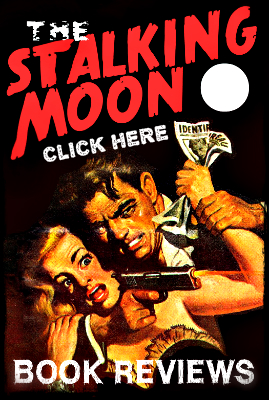

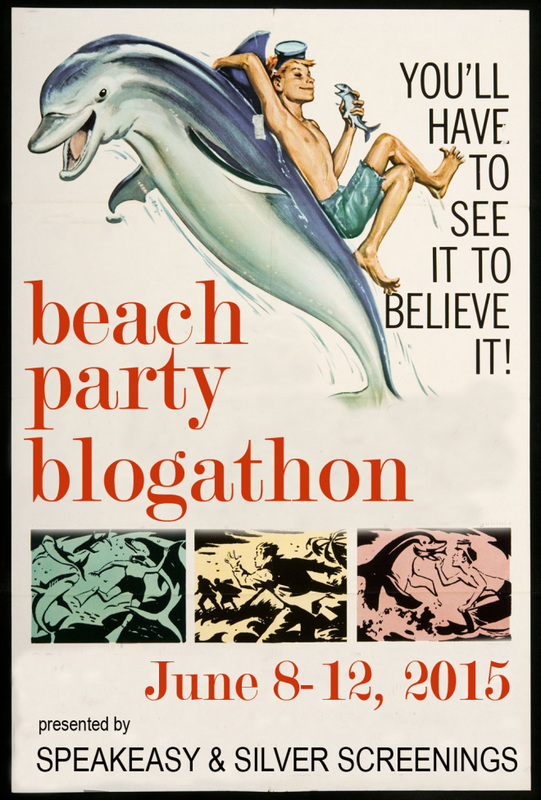
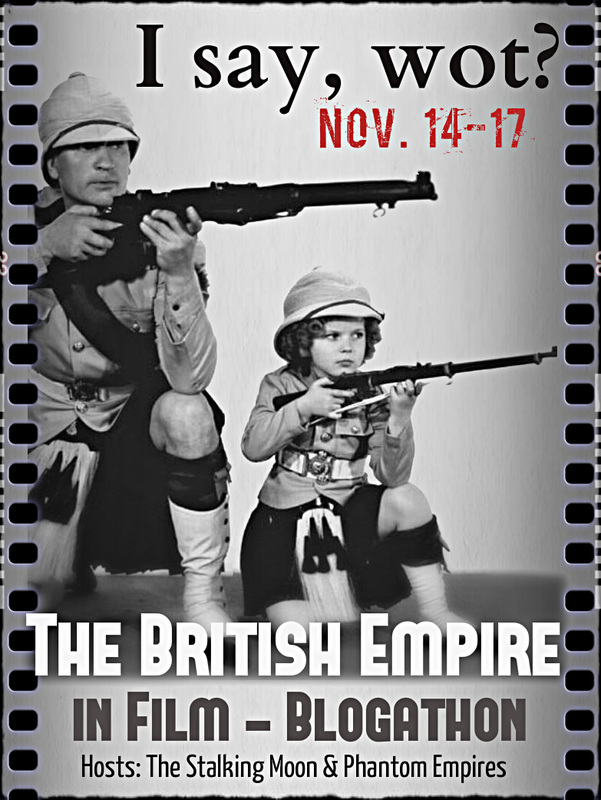


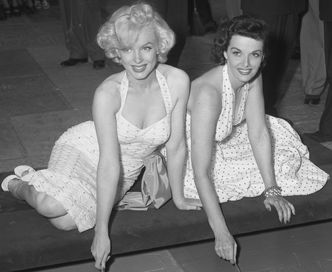
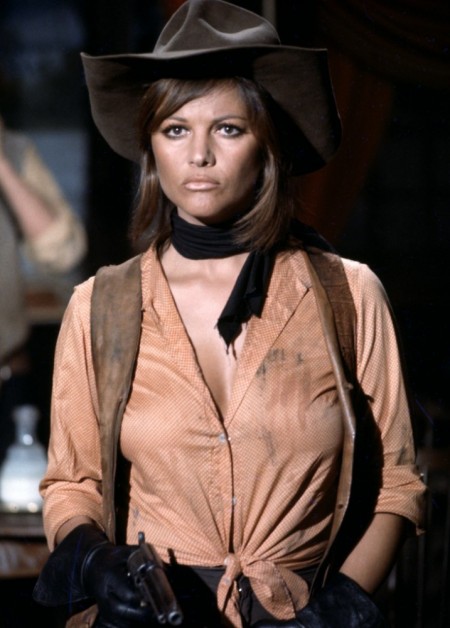























 RSS Feed
RSS Feed




